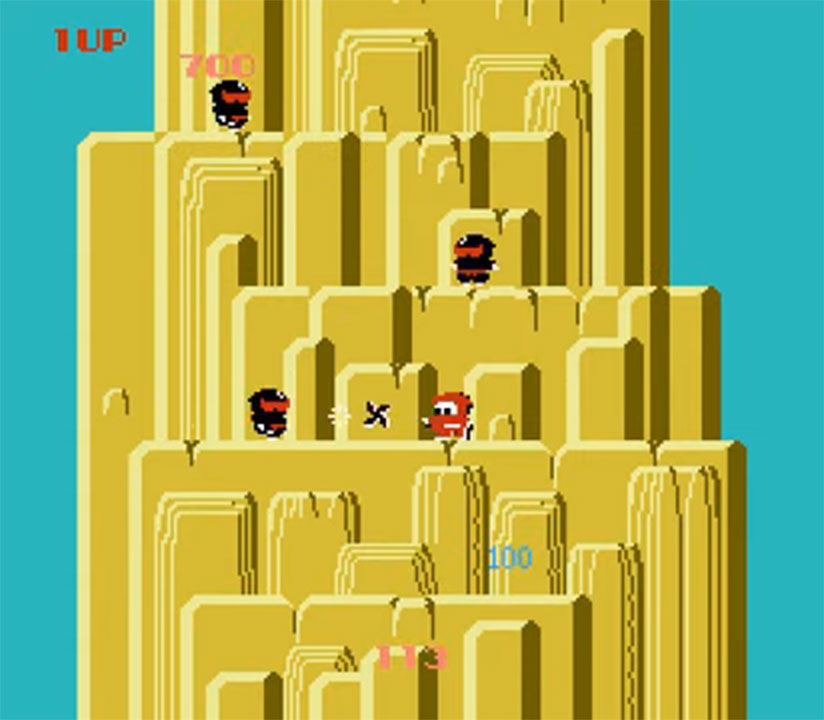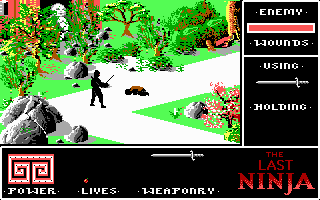From The Shadows: A History Of Ninjas In Video Games
With the announcement of a new Ninja Gaiden title and a remake/re-release of classic Xbox title Ninja Gaiden 2 (subtitled Black), as well as a 2D Ninja Gaiden game in the works from the folks behind the awesome Blasphemous metroidvania series, 2025 is looking like a ninja of a year.
Long has this classic video game hero archetype has seen the light of day in action format, with the most recent and most-popular being 2020’s Ghost of Tsushima courtesy of sneaky hero Jin Sakai. Honestly, it’s nice to see a comeback for game ninjas in the year of our lord 2025. To celebrate 2025’s bombardment of action ninjas, let us talk about this gaming archetype in brief while also detailing the earliest and most prominent ones in gaming history, as well as sort out what makes them tick.
The 80s
The 80s was a ripe time for gaming, whether you owned a console like the MSX or frequent an arcade nearby. In any case, Japan has it made with its early ninja games, at least if you want your shadowy assassins as cute puffy mascots.
It’s safe to say that Ninja-Kun is the first game in an arcade and MSX series that features a ninja as its main character, followed by Ninja Jajamaru. Released in 1984, this Japan-made title from UPL, Tose, and Jaleco had you climbing up vertical stages killing black enemy ninjas with shurikens. Simple, but a fun quarter-muncher that’s sure to entertain the younglings. Ninja-kun and Ninja Jajamaru would spawn 10 titles between 1984 and 1999, alternating between 2D action platforming and top-down turn-based RPG combating.

While playing a kid ninja was fun for the children, teenagers wanted something a bit more mature and “grown-up”, so along came European developers who made ninja simulation titles for home PCs. 1986 saw the release of PC title Ninja Master (and its sequel Oriental Ninja) for the Amstrad CPC, ZX Spectrum, and Commodore 64 (alongside other PCs); this is a simulation where you play as a ninja going through a bunch of ninja tests to win a belt. Nobody liked it because it didn’t really evoke the power fantasy of being a badass ninja with speed and skill, so along came the Last Ninja series which sorted that out.
The Last Ninja series focused on a ninja name Armakuni who has to deal with an overarching evil force spanning across cities and even through time; the first game had you fighting and puzzle-solving your way through a mystical island, while the second game had you transported to modern-day New York City. The visuals of the game were groundbreaking at the time, as well as its action and controls alongside the challenges. Targeting specific parts of an enemy was quite a breakthrough at the time, with only few immersive sim games doing this in the 90s onward.

While The Last Ninja games scratched that itch for meticulous puzzle-solving and exploration, predating titles like Ghost of Tsushima and the Assassin’s Creed series, the 80s was a time when people wanted faster-paced action and arcade-like immersion. This was also the same period when two gaming juggernauts dominated the ninja game scene with their respective franchises: Shinobi from Sega and Ninja Gaiden from Tecmo.
